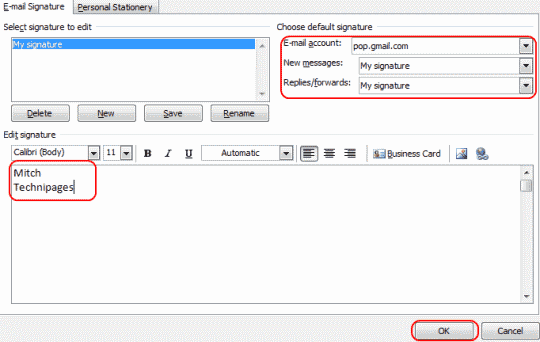

Placeholder-style alt texts like these provide the recipient with next to no context:Īlso bear in mind that in some cases, the alt text will be read out (i.e by screen reader software), so the text you choose must make sense to the recipient and be relevant.

This type of literal description of an image does not add any contextual value to the newsletter, other than showing the recipient where the images in your email should be! Oftentimes, businesses will simply use an overly descriptive placeholder alt text such as "Image" or "Logo". The whole point of alt text is to provide recipients of your email with enough context to be able to understand your message and call-to-action - even when images aren't able to be seen. Here you can enter a suitable alt text for your image: To do so, simply click on the image area to open the image link and alt text options in the Style menu. With Mail Designer 365 you can quickly set up alt text for the images in your email design. How to set up alt text for your images in Mail Designer 365 Here is the original version of the email:Īs you can see, having the alt text set up means that recipients will still be able to get the gist of the email and receive a good text replacement for the missing image. Here is an example of how an email looks in Outlook with alt text in place for images: Instead of just blank boxes, having alt text configured for the images in this email would have given any readers unable to view images more context about the 25% off Father's Day offer and could have resulted in better click and conversion rates. Here is the same email again but with the content unblocked: Here is an example of how an email looks in Outlook with no alt text configured for images: In this case, having an alt text in place of an image is a good workaround to provide the reader with sufficient context to be able to understand the email. Outlook) will not automatically display images in emails for security reasons. Alt text is important in making your emails accessible for visually impaired users using screen reader software.įurthermore, some email clients (e.g.


 0 kommentar(er)
0 kommentar(er)
